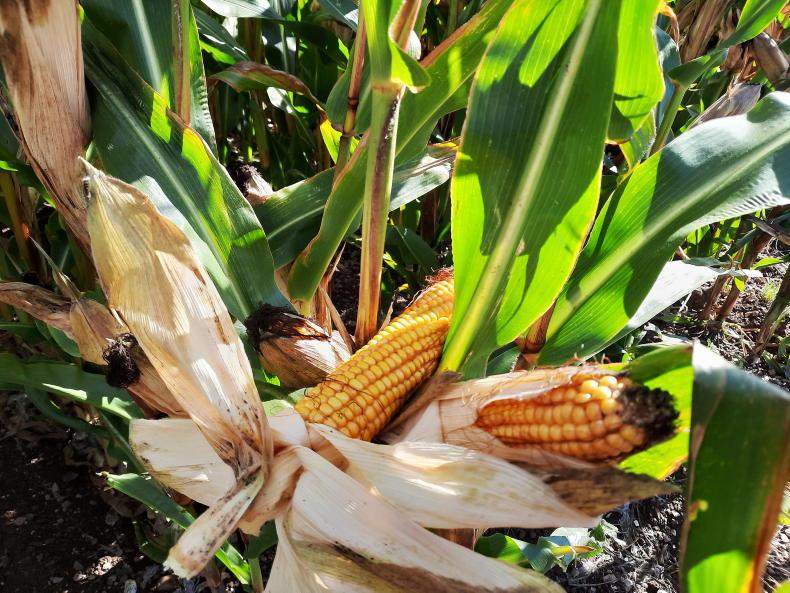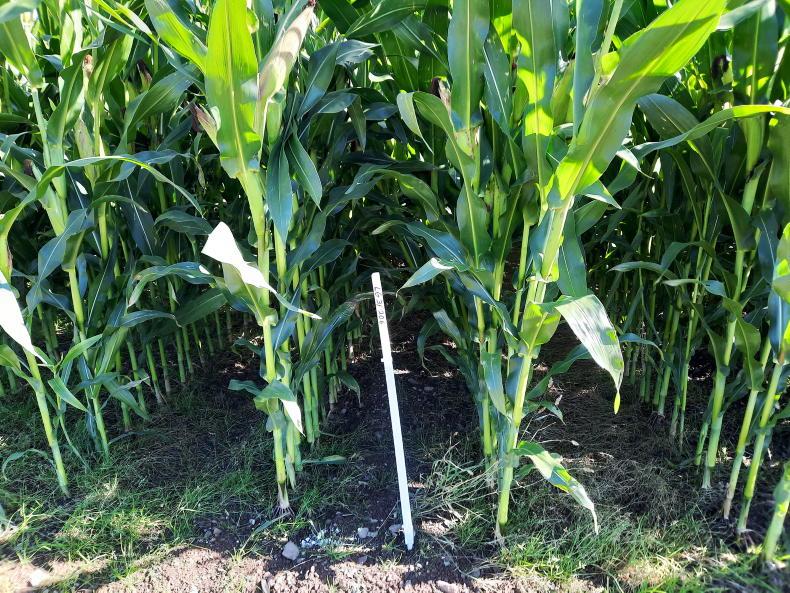The area planted to maize in 2023 increased by about 3,700ha to over 19,300ha. Beet area declined slightly by nearly 100ha to approximately 9,300ha.
Farmers seem to have become comfortable with their new arrangements for maize, either by using the new film or by planting in the open.
This focus will detail some of the varieties which you might grow on your farm this season. One thing that needs to be kept in mind when planting these crops for sale is the market. This season, it was hard to sell beet.
Farmers should be sorting their end market before they plant seeds in the ground. Crops such as beet and maize are too expensive to grow without security of sale.

Very importantly, this focus will detail the costs of growing forage crops, see page 52. When looking through these costs, a crop of stubble turnips looks very attractive when you examine it on the cost of the utilised dry matter (DM).
These crops will also offer farmers a chance to move stock off-farm, which may help with nitrates requirements if animal movements are made.


Crop choices should be examined carefully. Aidan Brennan writes about red clover here.
Red clover can be a really good crop to grow for silage, but it requires good management and high levels of potassium, so you need to keep on top of this.
New CAP rules are making things more difficult when planting catch crops. Livestock farmers can no longer just go into a cover crop planted by a tillage farmer.
That crop needs to be set up from day one for grazing with a buffer on the perimeter of the crop and a lieback area, so more planning is needed for these crops.
Co-operation can be valuable in forage crop production.
Tillage farmers with machinery and experience can grow good crops and take some of the workload off of livestock farms and maybe take some slurry to keep within limits, which would be good for both sides, but agreements need to be in place on payment before the crop is grown.






 This is a subscriber-only article
This is a subscriber-only article










SHARING OPTIONS: